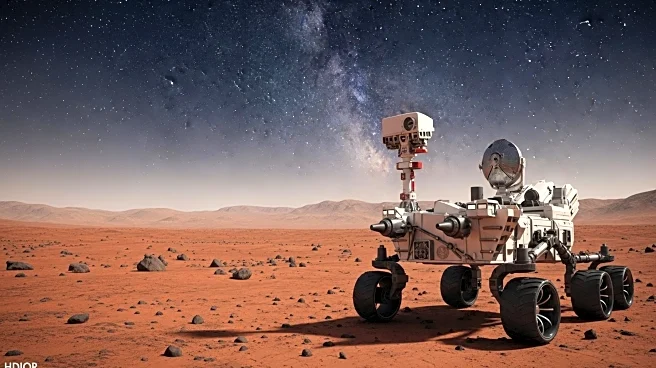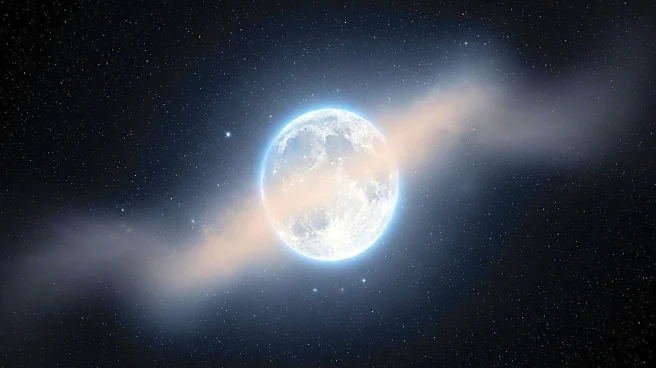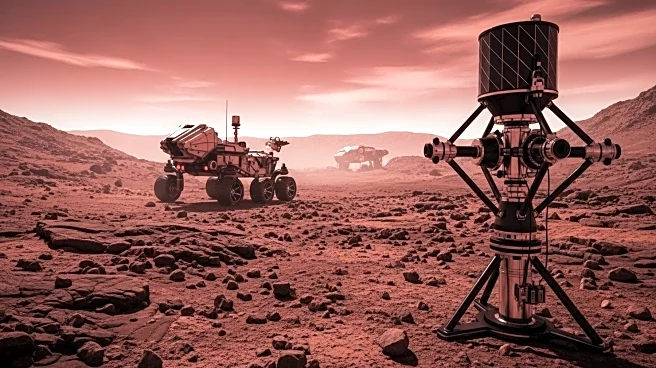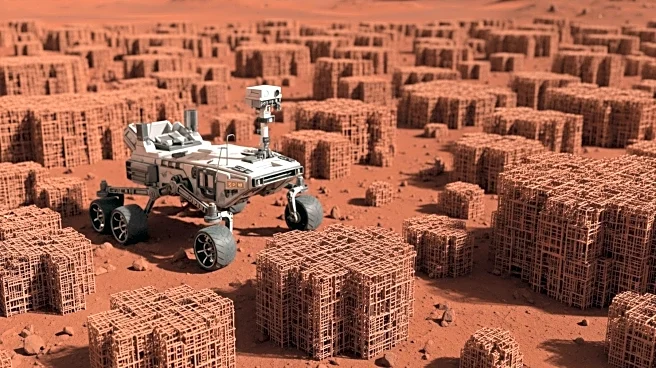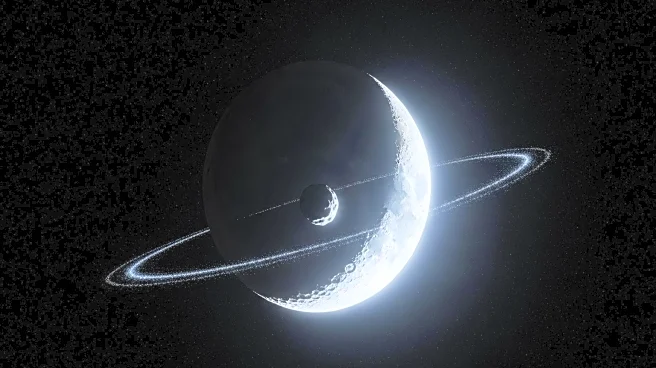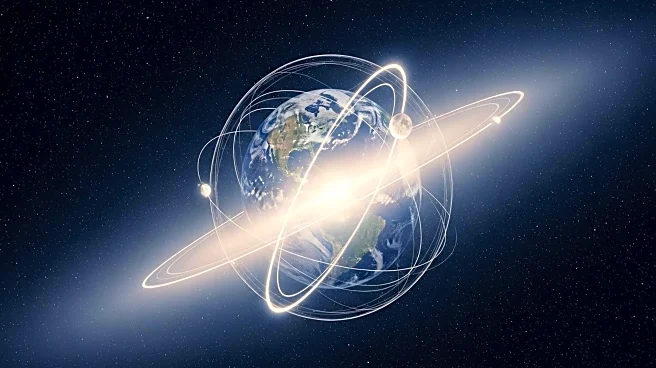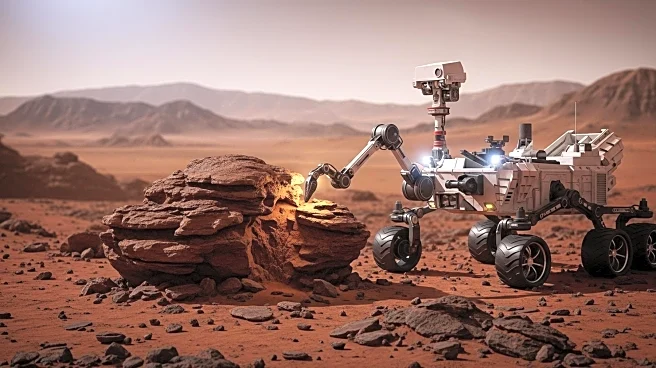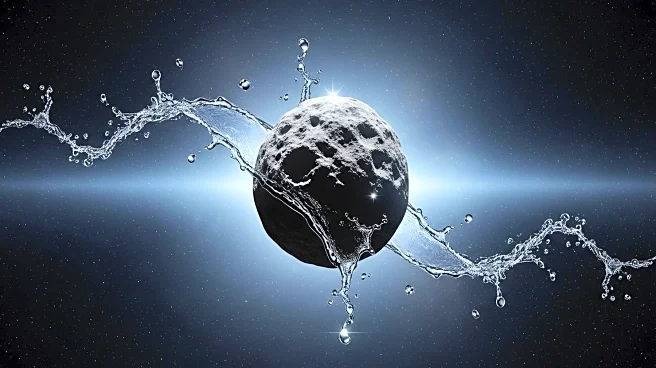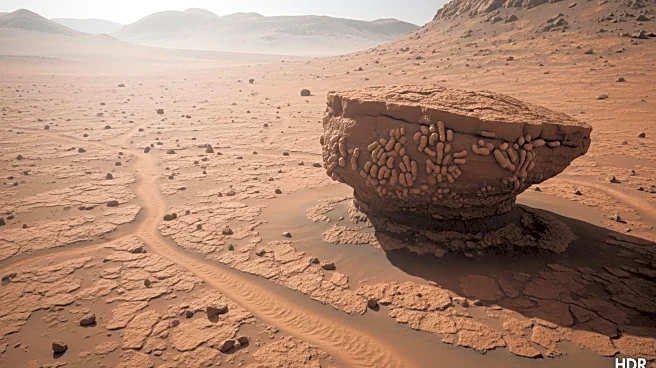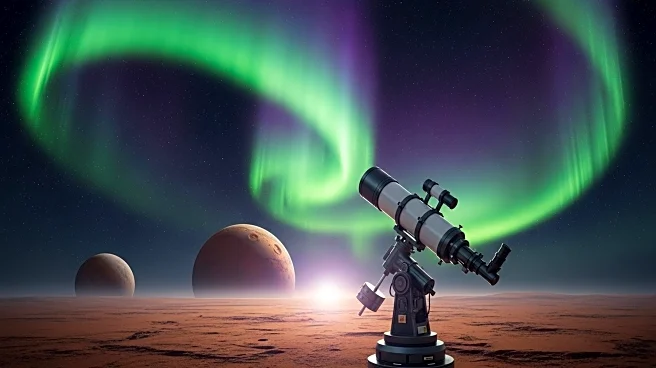What's Happening?
On September 17, 1789, astronomer William Herschel discovered Mimas, one of Saturn's moons, using a 40-foot reflector telescope. This discovery, along with Enceladus, expanded the known count of Saturn's moons at the time. Mimas is characterized by its heavily cratered surface, with the largest crater named Herschel Crater in honor of its discoverer. Recent research suggests the possibility of a subsurface ocean on Mimas, similar to the one on Enceladus, which is known for its geological activity and geysers.
Why It's Important?
The discovery of Mimas and subsequent research into Saturn's moons have significantly advanced our understanding of the solar system. The potential presence of subsurface oceans on moons like Mimas and Enceladus raises intriguing possibilities about the conditions necessary for life beyond Earth. These findings contribute to the broader field of planetary science and the ongoing exploration of celestial bodies, which can provide insights into the formation and evolution of the solar system.
Beyond the Headlines
The exploration of Saturn's moons, particularly the potential for subsurface oceans, has implications for the search for extraterrestrial life. Understanding the geological and environmental conditions on these moons can inform future missions and research focused on astrobiology. The continued study of Saturn's moons also highlights the importance of international collaboration in space exploration, as missions like Voyager and Cassini have involved multiple space agencies and scientific communities.

